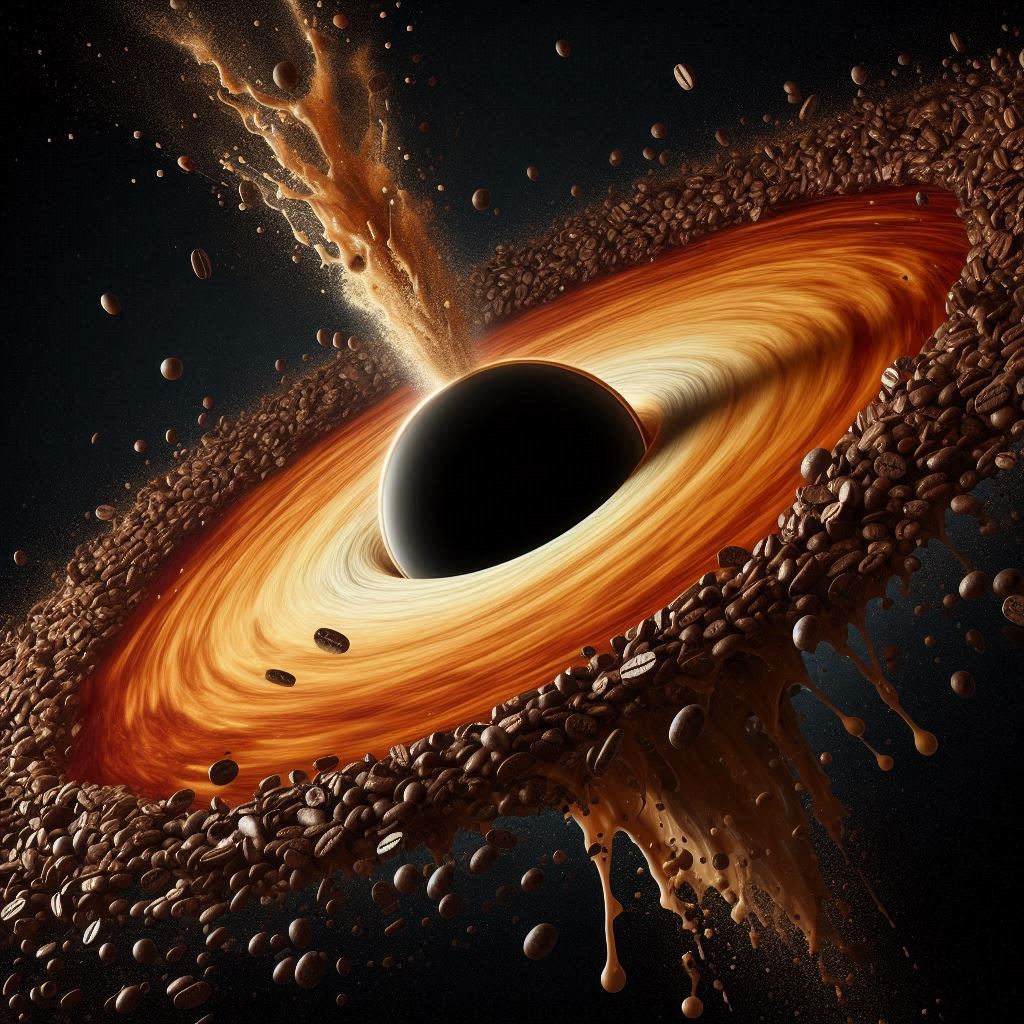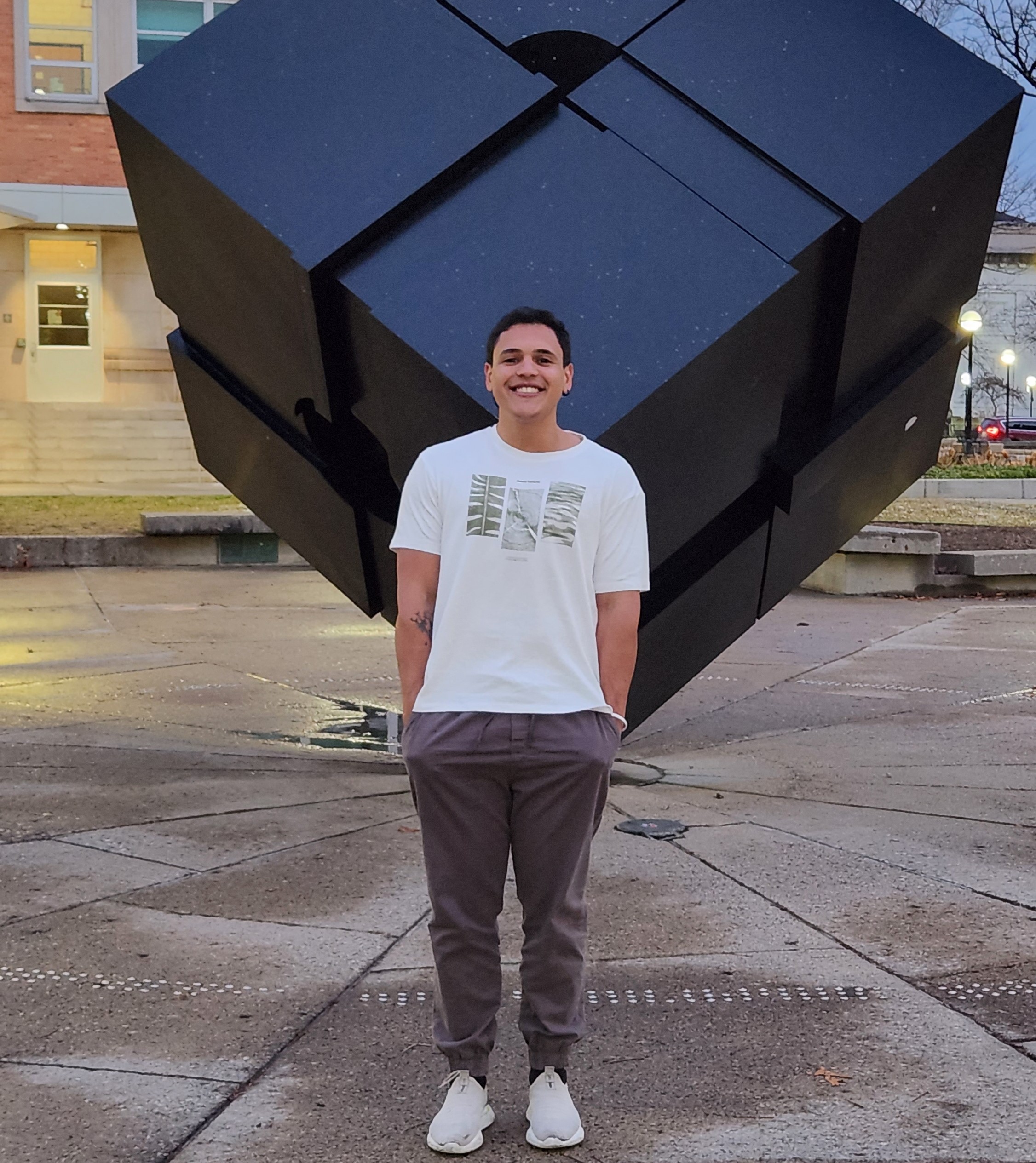About me 🌠
Hey! I’m Phelipe Darc, mostly known as Phe, a physicist working with Machine Learning (ML) applied to Astrophysics/Astronomy. I am a Ph.D student at the Centro Brasileiro De Pesquisas Físicas (CBPF) in Rio de Janeiro, Brazil, under the supervision of Clecio R. De Bom. I’m deeply passionate about multi-messenger astronomy and astrophysics, with particular interests in phenomena like Binary Neutron Star mergers, kilonovae modeling, and Binary Black Hole mergers. Alongside, I have a strong affinity for machine learning, data science, and programming.
Research 🌌
In my journey, I’ve extensively applied Deep Learning techniques to astrophysics and astronomy, including Convolutional Neural Networks (CNNs), Recurrent Neural Networks (RNNs), Autoencoders, and Simulation-Based Inference (SBI). My work bridges astrophysics and data-driven solutions, leveraging state-of-the-art Machine Learning and Bayesian inference techniques.
[Computer Vision] A notable highlight is my master’s thesis, where I developed two CNNs classifiers. One focused on artifact removal and transient identification in difference imaging, integrated into the S-PLUS Transient Extension Program (STEP). The other was developed to detect electromagnetic counterparts to GW events, which was incorporated into the DESGW search and discovery pipeline led by Marcele Soares Santos.
[LLMs] During my internship at the Laboratório Nacional de Computação Científica (LNCC), I developed an algorithm utilizing BERTimbau, a variant of the BERT (Bidirectional Encoder Representations from Transformers) model. This algorithm classifyies phrases describing medical conditions in Portuguese. Additionally, I created a custom script leveraging Google APIs and the Regex library to efficiently gather and process/filter data from YouTube comments.
[SBI/LFI] Currently, my Ph.D. research focuses on employing Simulation-Based Inference (SBI) techniques for time-domain astronomy, specifically modeling astrophysical transients. Recently, I led a study utilizing amortized Neural Posterior Estimation to rapidly infer kilonova properties from spectral data. This work was presented at the Machine Learning and the Physical Sciences Workshop, NeurIPS 2023, and subsequently published in the Astrophysical Journal.Building on this foundation, we extended our research by applying Truncated Sequential Neural Posterior Estimation and Neural Likelihood Estimation for multi-wavelength modeling of the kilonova associated with GRB 230307A. Additionally, we employed the Learned Harmonic Mean Estimator to enable efficient Bayesian model comparisons across various afterglow and kilonova emission models in gamma-ray bursts. This work was presented at the Machine Learning and the Physical Sciences Workshop, NeurIPS 2024. My research goal is to develop robust tools enabling the extraction of meaningful astrophysical insights from spectral/light curve data in a fast, scalable, and testable way, leveraging the power of Neural Networks.
[BBHs] Beyond Machine-Learning techniques, I am deeply invested in the optical follow-up and analysis of Binary Black Hole (BBH) merger events. I’m leading the analysis of the LIGO/Virgo/KAGRA BBH merger candidate S231206cc, investigating potential electromagnetic (EM) emissions resulting from the interaction of the merger remnant with an embedded Active Galactic Nucleus (AGN) accretion disk. Utilizing diverse flare emission models proposed by McKernan et al. (2019), Tagawa et al. (2024), and Rodríguez-Ramírez et al. (2023), our research explores the detectability of possible EM counterparts to BBH mergers.

For more info ☄️
Feel free to explore my website to learn more about my projects (Astro-CV/AI-CV pages), publications, and interests! Check my Github page.
